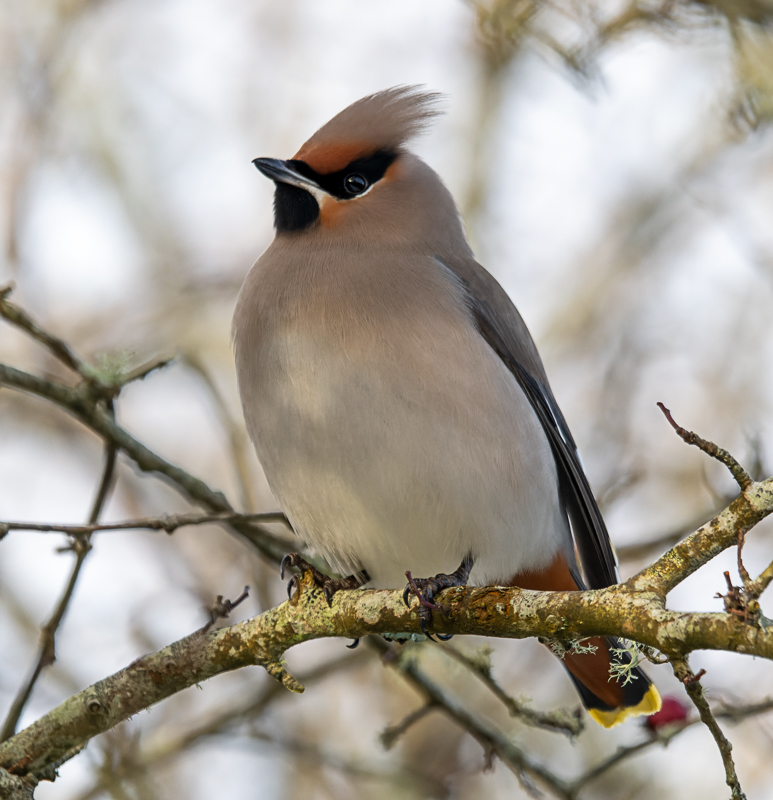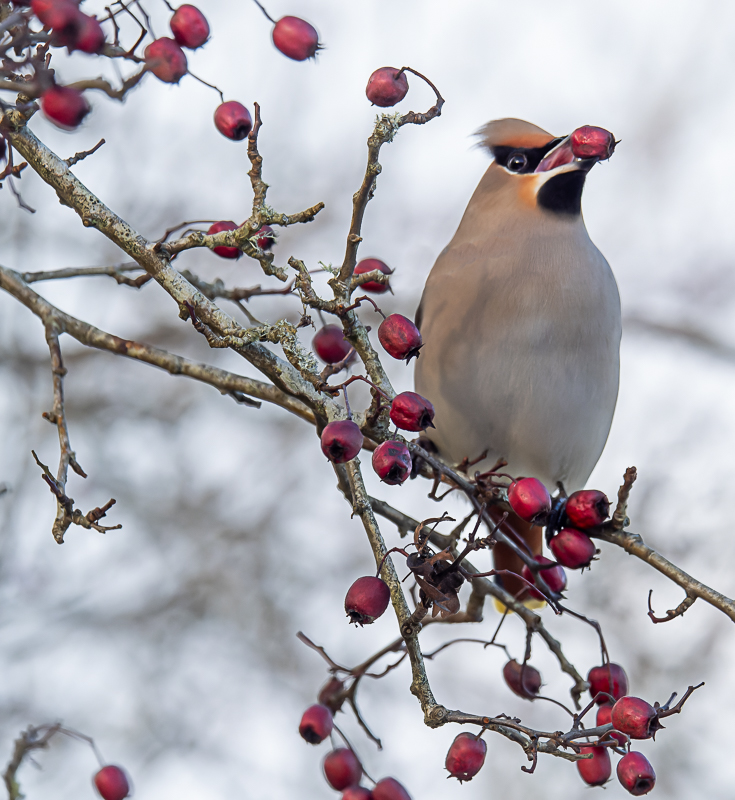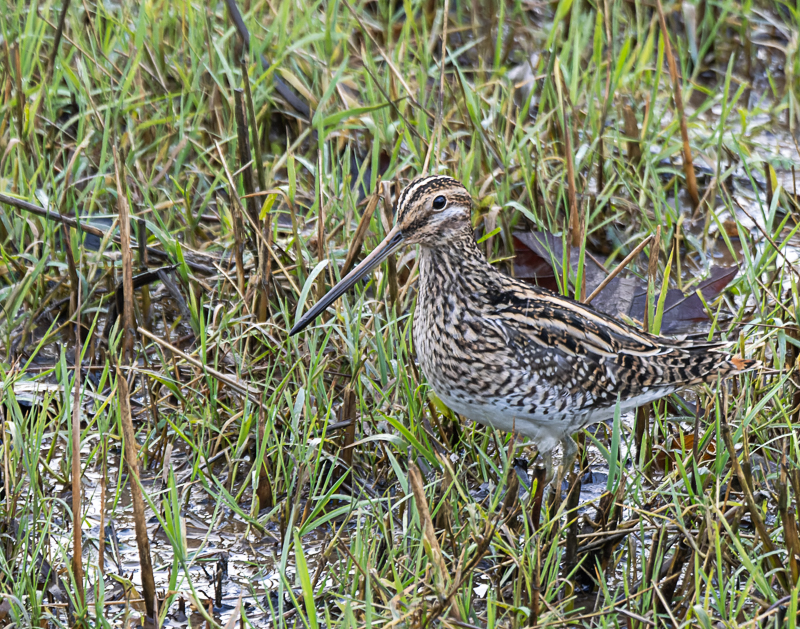
The coming of some sunnier weather last week had me chomping at the bit to do some photography. I have never seen an eagle in Wales but a shower of records and photographs on Facebook suggested that the first-winter white-tailed eagle was still in the Llanuwchlyn area (near Bala) on the Sunday. I contacted my friend Jonathan and we decided to meet up there on Monday morning. A car-load of birders confirmed that I was indeed in the correct area – a tributary of the Lliw valley about three miles north-west of the village. It was a cold but sunny day with a smattering of snow on the ground. I had a an “interesting” time turning the van round on a steep, narrow and icy single track lane with few passing places but having done that it was time to go for a walk. By early afternoon it became apparent that the eagle hunt was a lost cause. There was no sign of it and I returned home disappointed. A post on Facebook during the evening showed that it had been seen at 9 a.m. that day about four miles to the east.
Chores kept me at home for a couple of days but on Thursday what did I do? Set off on another wild goose chase, of course! Four waxwings had been reported on the Teifi Marshes near Cardigan. I was determined to travel down by public transport this time but by 8.30 there had been no sign of the 8.15 bus so it was back to the van. It didn’t take me long to find the waxwings and I watched them on and off until mid-afternoon. They remained within a short section of overgrown hedgerow bordering the old railway track, which is now a foot- and cycle-path. A knowledgeable local birder said it was now their eleventh day on the reserve.

My only previous sighting of waxwings had been at Machynlleth in 2012. A large flock was frantically feeding on ornamental rowan berries outside the library on the main street. Perhaps on that occasion they had recently arrived in the UK after an energy-sapping journey across the North Sea. In contrast the Teifi Marshes birds were very relaxed. Now and again one would half-heartedly pull a desiccated hawthorn berry off a twig but it didn’t seem too concerned if it fell to the ground. In an unusually informative description the Collins Bird Guide states :
“In winter can eat frostbitten and semi-fermented berries, which may intoxicate the bird and render it temporarily incapable of flight”
While they were capable of preening and spent some time doing so, perhaps they were otherwise too sloshed to move! They did, however, fly off as a group just before I left for home. It also was evident that they had no fear of humans or dogs, either, so perhaps they had no previous contact with people in their home in the Scandinavian (or Russian) taiga.
I was pleasantly surprised at the quality of the pictures I managed to come back with. The light was variable, from dark and gloomy to bright sunshine. Fortunately there were some periods of bright sunlight obscured by thin cloud. These conditions produced the best results as no harsh shadows were created and reasonably short shutter speeds could be used..

I also dipped in and out of several hides and had particularly good views of a snipe, while one or more water rails caused momentary excitement. But boy…. do they move fast! One of these days I’ll get a good picture of a water rail.
To read more Tales from Wild Wales as they are published, please click on the Follow button.


























